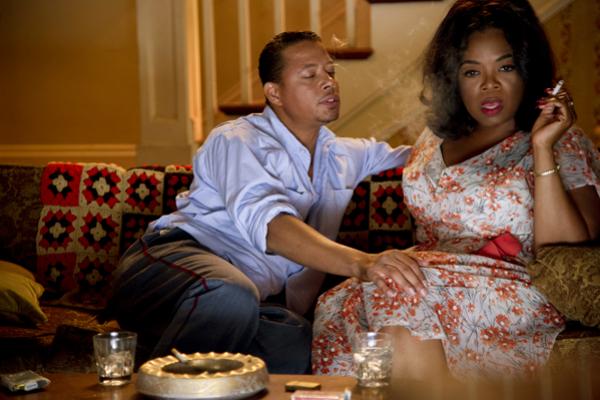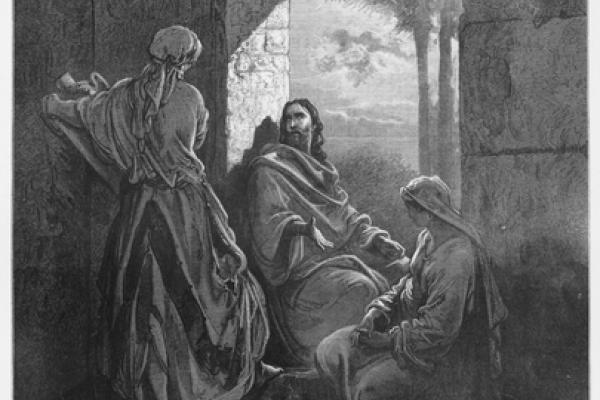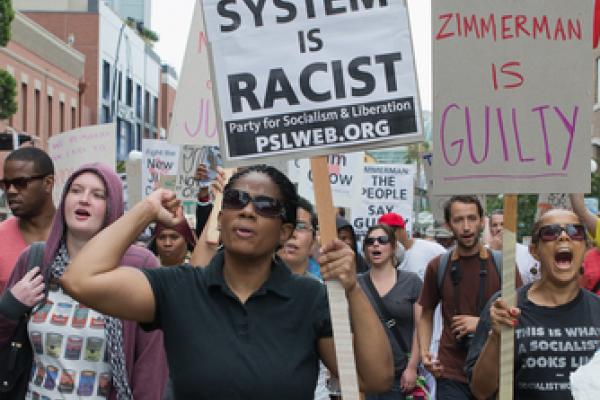Eugene Allen served eight presidents as a White House butler, and his legendary career is the inspiration for Lee Daniels’ The Butler, a film starring Oprah Winfrey, Jane Fonda, and a host of A-list Hollywood talent.
But members of The Greater First Baptist Church knew the man who died in 2010 by other titles: usher, trustee, and a humble man of quiet faith.
More than any other organized religion in the United States, the Catholic Church is an immigrant church that has grown with the nation, welcoming successive generations of immigrants who have helped build our country. To borrow a phrase from a toy store, immigrants are us.
More recently, some have questioned the bishops’ involvement in the national debate over immigration, perhaps wanting the church to stay neutral. But if they did so, they’d be untrue to their roots.
The church and her institutions have welcomed and helped integrate into American life Irish and Italian immigrants who arrived in the late 19th and early 20th centuries; Central and Eastern Europeans who fled Europe after the Second World War; and Latin American and Asian populations more recently.
Just to get it out there, this story about Mary and Martha has always irritated me, because I think Martha is awesome, and she’s always made out to be a busy-body and a whiner.
See, Jesus is welcomed into the home of Mary and Martha and the thing to understand is that Jesus didn’t exactly travel alone. Dude had an entourage — so to welcome Jesus is to welcome who Jesus brings in with him. And to extend hospitality to that many people takes a lot of work, so Martha becomes understandably overwhelmed by her tasks and tries to get Jesus to talk her sister Mary into helping her, since Mary up until this point has only been sitting at Jesus’ feet listening. Jesus tells Martha that Mary has chosen the better part and it will not be taken from her.
Several years ago, Michael Emerson and Christian Smith criticized the quick-fix approach to racism found in the evangelical race reconciliation movement. They noted that evangelicals tended to address systemic racism through promoting interracial interactions at one-time events such as Promise Keepers rallies. Ironically, this approach tended to increase rather than decrease racism because it gave white evangelicals just enough exposure to people of color to think they now understood race without enough systemic interaction to expose them to the endemic nature of racism. They suggested instead that the preferred response was to engage in political and legal advocacy in order to change the institutional nature of racism. However, what they failed to address in that book is that political and legal approaches to race often suffer from the same quick-fix approach.
Today, we see the same quick-fix dynamics in the outcome of the George Zimmerman trial. Some are focusing again on developing interracial interpersonal relationships, while other evangelical groups have focused on legal advocacy. But in our rush to promote a “solution,” we may end up creating more harm than good. I believe evangelicals have the possibility of addressing racial injustice in a more creative way that could get more closely to the roots of the problem if we took the time to think creatively.
I woke up this morning in a damp sleeping bag to the sound of a rushing river. I heard the laughter of children and could smell bacon being fried in a tent not far from mine. I opened the tent flap and walked outside. As I looked around, I saw dozens of men and women who had also just rolled out of their sleeping bags and RVs to welcome the new day. I saw rainbow flags flying next to signs that read “Who would Jesus Torture?” and “Pro-Peace, Pro-Life, Be Consistent.”
As I began the short trek from my tent to the shower-house, I was greeted by dozens of people who I had never personally met but felt like I knew intimately. All of us had gathered to encourage and provoke one another to do justice, love mercy, and walk humbly with our God. Over the course of this weekend, dozens of presenters spoke to crowds who listened intently to their dynamic messages of reformation, renewal, redemption, and action. From the testimony of a tattooed Lutheran pastor to the ground-breaking theological theories on non-violence from a highly regarded gay Catholic priest, from the wisdom of one of the founding fathers of the Civil Rights Movement to a quirky live radio show hosted by one of the founders of the Emergent Church movement, hundreds of people from across the country and indeed around the world had converged for this little slice of heaven on earth known as the Wild Goose Festival.
I am not shy about using the saltshaker, and neither I nor anyone else in my family has any sort of problem with blood pressure. That’s because we mostly don’t eat things that come out of packages or from fast-food places (where someone else takes them out of packages), and the salt that is a problem in the North American diet doesn’t come from the saltshaker but from the extreme levels of sodium in packaged foods.
But you will never hear Michelle Obama say that.
There was a similar unutterability to everything having to do with AIDS back in the day. Even when scientists had a fairly clear understanding of the nature of the threat and how it was spread, most “official” speech tended toward a hedging: “we don’t know what causes it; we don’t want to say what’s causing it …” Even today people don’t get tested because they don’t want to know, even though getting tested obviously doesn’t give you the virus — it merely points out that it is there. It seems to point to so much more, though.
Fred Bahnson’s first bit of advice when he started planning a church garden eight years ago came from an elderly tobacco farmer who grabbed a handful of soil, rolled it around in his fingers and shook his head:
“You don wohn fahm heah,” he said in his deep North Carolina drawl.
Those were not the only discouraging words he received as he planted and cultivated one of the earliest and most successful church gardens, 20 miles north of Chapel Hill.
But Bahnson, a Duke Divinity School graduate and a pioneer in the church gardening movement, had a different view of farming than the older tobacco farmer. He knew that if he gave back to the soil more than he took out — in the form of compost, manure and other soil food — he could create an abundant garden.






